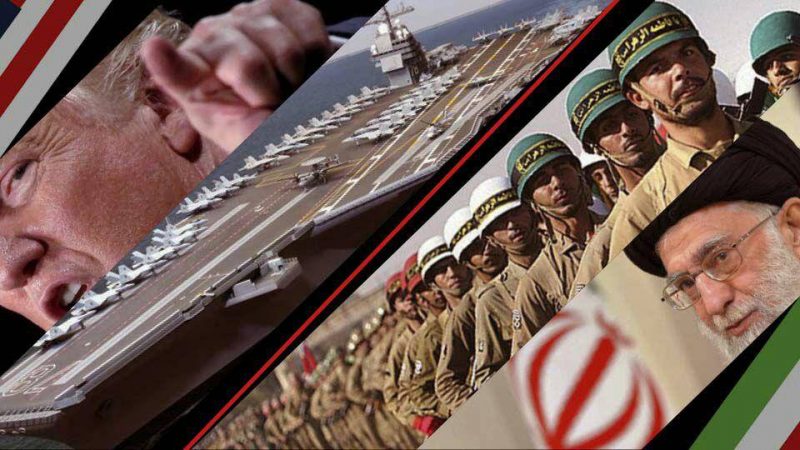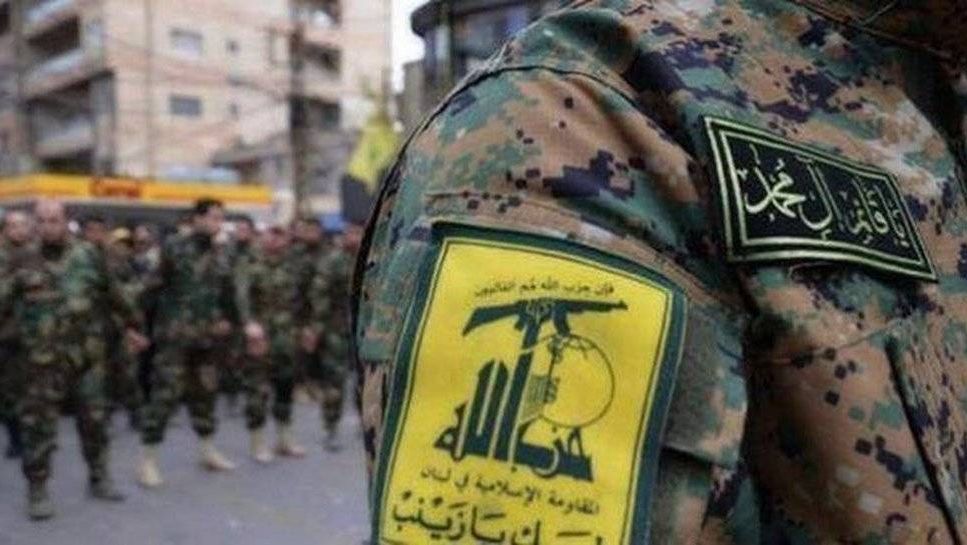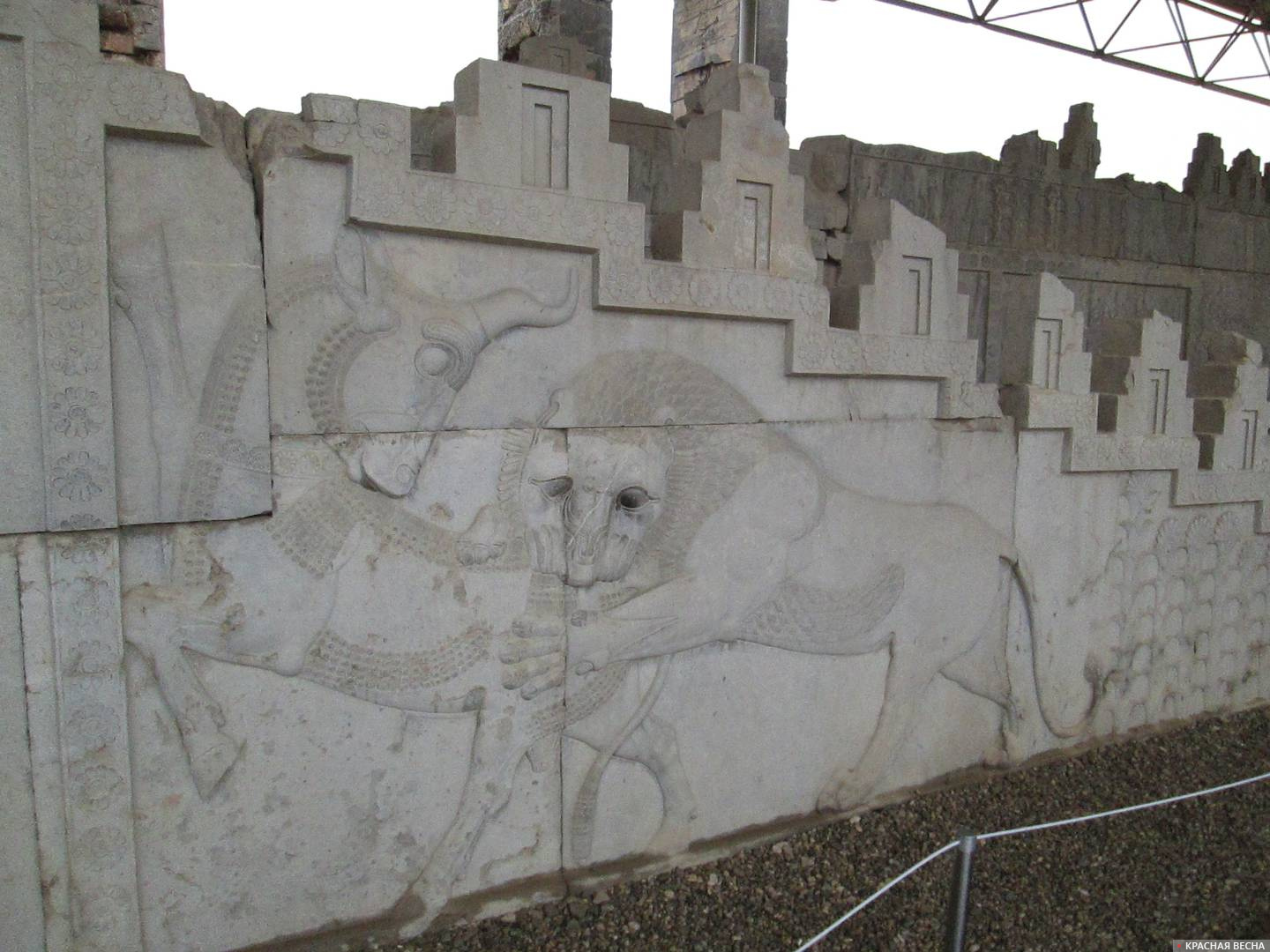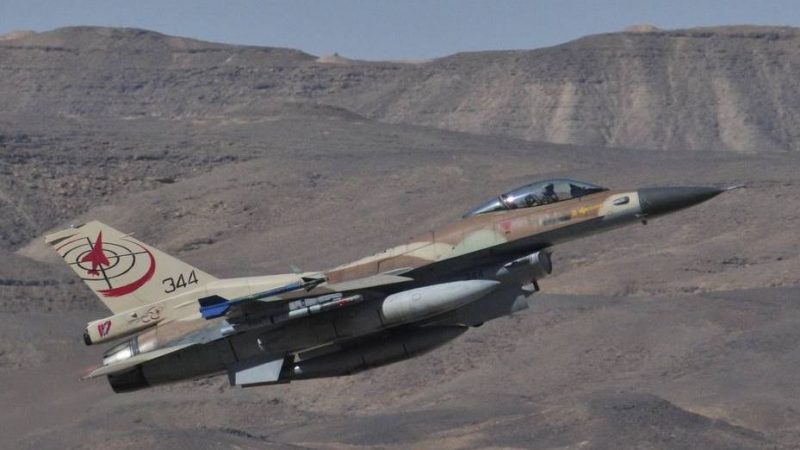The protest potential in Iran is declining. The peak of protest activity occurred on October 26. The 40th day since the death of Mahsa Amini, which caused the protests?
As you may recall, Mahsa was detained by the vice police, she felt ill at the police office and she was taken to the hospital, where she died a few days later. Protesters claim the police beat the girl, which led to her death. Authorities and doctors claim the death was due to natural causes – long-standing health problems.
The case is being actively promoted in the Western media. There are many oddities, one of them being the whole issue of hijabs and the supposed violence surrounding them, which has been hyped in the Western and Saudi media since the summer. And on September 16, Mahsa died.
So, back to the protests.
In fact, workers and state employees did not support the protests, unlike the situation before the 1979 revolution in Iran, when the pro-Western Shah was overthrown.
Now it’s mostly the outskirts and Tehran itself that are on strike. In the other cities the protest wave has subsided.
The border regions of Iraq (Kurdistan) and near the border with Afghanistan are the most active because of ethnic and religious factors, and because they are the poorest regions, which the authorities have always had little control over.
One of the serious problems is a split of the power that cannot decide by what scenario to act. The army has not even been used against the protesters yet, but there have been no softening and concessions to the protesters on the part of the authorities either. The indecisiveness of the authorities has a bad effect on the society’s mood.
Western “partners” are still in a wait-and-see mode and have not shown any serious activity. They are waiting…
If the current situation in the outskirts of the country remains unchanged, the protests can easily be further heated and radicalized – the potential for strengthening the separatist moods of the borderline Azerbaijanis, Arabs, Kurds and Baluchs is great.




